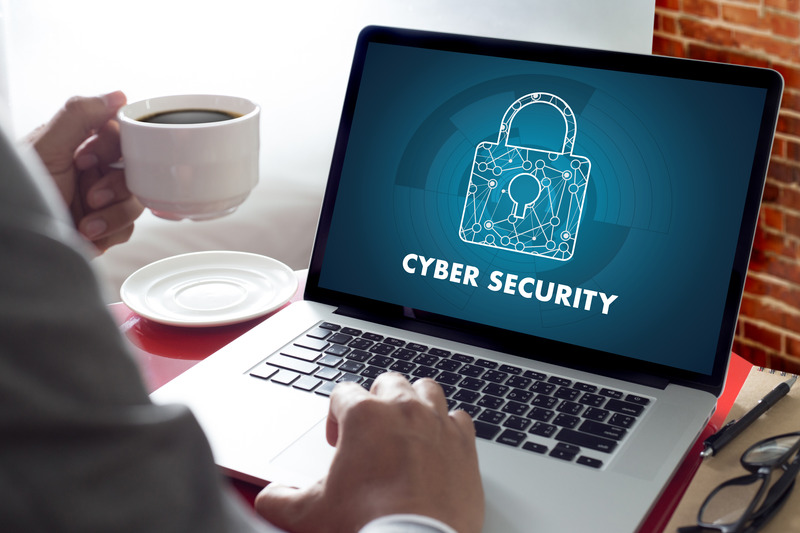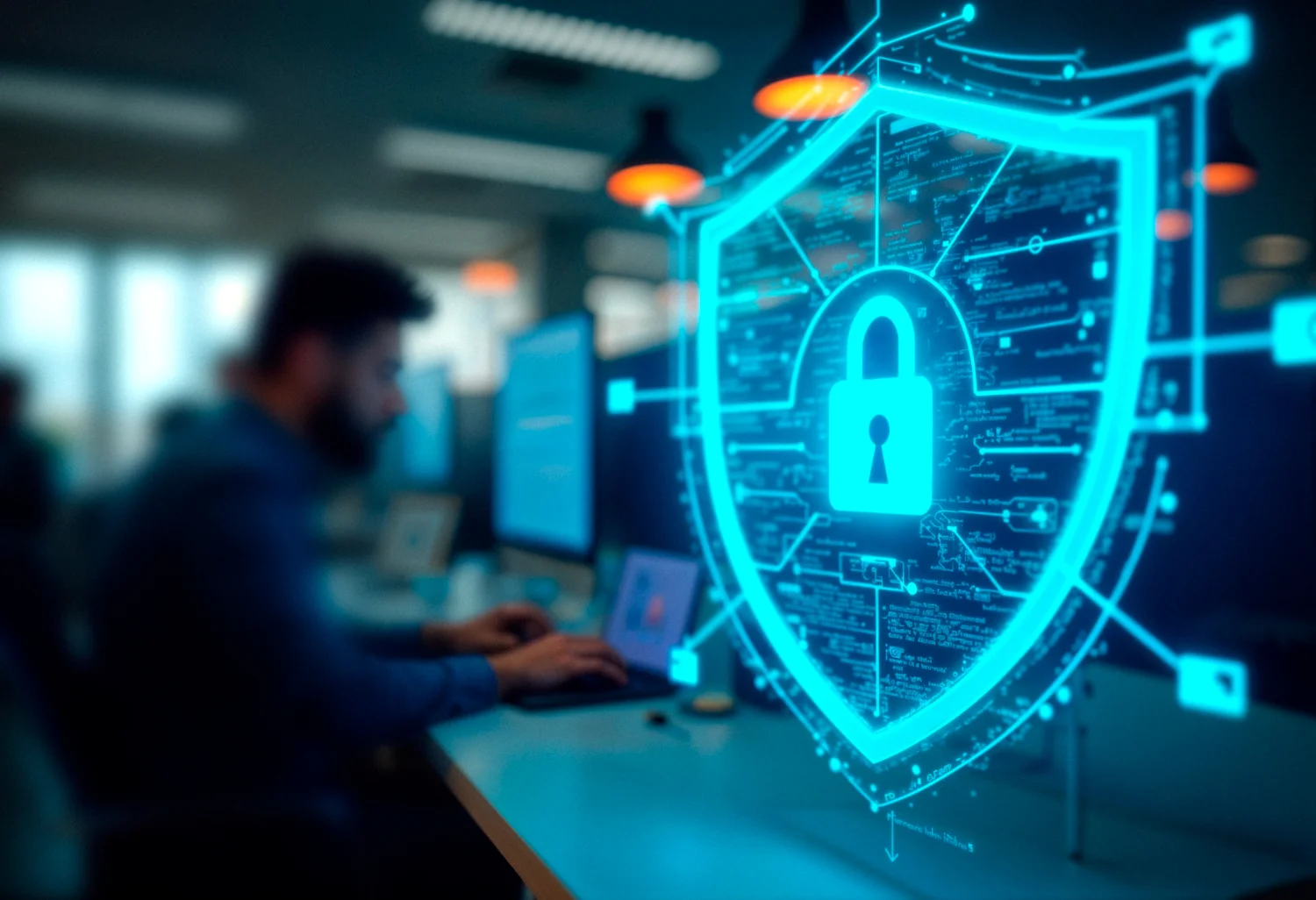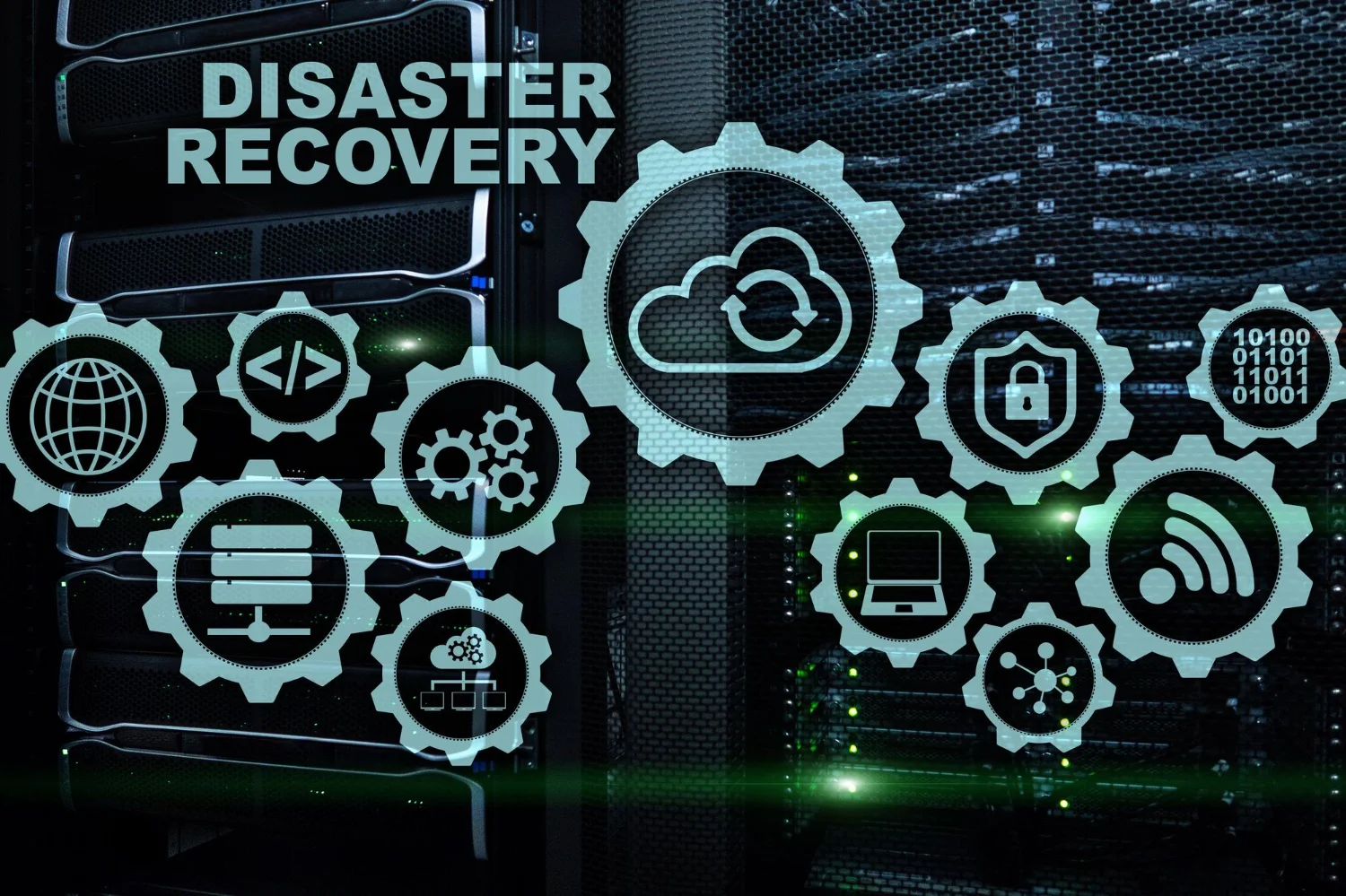Working from home or remotely is here … and it’s here to stay!
Since the pandemic, working from home or remotely is a worldwide phenomenon. And even once the pandemic fades, which won’t happen any time soon … working at home or in a hybrid situation is now part of the landscape. And even though there are a lot of pluses to working from home, one of the biggest problems and risks for most organizations and their people is cyber security.
The unique cyber security challenges of a hybrid workforce
Cybersecurity is business-critical, whether you’re working in the office, hybrid, or remote. Normally, in-office workers are protected by layers of security when it comes to data and communication.
But once workers go remote or are at home, new cyber security susceptibilities emerge. For instance, office computer networks are usually secured by firewalls, VPNs, antivirus software, and other measures. And those measures are typically supervised daily by someone in the IT department. But many home routers don’t have a firewall … and even home routers that are supposed to double as a firewall are not as secure as a business firewall.
In addition, even if VPNs and WiFi security software are installed on your device, once working at home or remotely, you, the employee, become solely responsible for keeping the software up-to-date.
However, many of the security vulnerabilities with remote work can be minimized with a few clear-cut policies and some training.
So, what can you do to protect yourself and your organization? First, take some personal responsibility for your cyber security
To help your efforts, here are eleven tips and best practices that will help you protect yourself and your organization.
The 11 cyber security best practices for working remotely
1. Do not use personal devices for work
If you are using personal devices to work at home, chances are high. As a result, you are exposing your company to a cyber security breach.
The cyber security systems that your company utilizes, like regular updates, virus scans, and malicious site blocking, are all part of the security protocol.
By using your personal devices, you often bypass all of these security protocols, putting you and, more importantly, your entire organization at risk.
2. Are you using a VPN?
Working from home or remotely usually means connecting your computer to your company’s virtual private network connection. The problem is, this can create home office ‘back doors’ that hackers could potentially uncover.
If you aren’t sure what to do, talk with your security office and help you understand how to keep the VPN more secure.
3. Don’t put off updates
If you are accessing your company’s network through a virtual private network (VPN). A VPN secures data transmitted between you and your employer and through what’s known as data encryption.
Data encryption is designed to prevent cyber hackers and cyber-criminals from intercepting sensitive data, including financial and customer information.
If you’re using a VPN on one of your devices, don’t turn it off when you’re working. Otherwise, you’ll lose a tool that could block any attempt to steal company info … and compromise your entire organization.
Also, avoid using public WiFi networks when you’re accessing work-related accounts unless you’ve signed in to your employer’s VPN.
4. Watch out for Phishing scams

Cybercriminals are capitalizing on the pandemic and the billions of remote workers communicating through email.
And phishing scams have been around for a long time. But during the pandemic, phishing scams have increased ten-fold. Cyber criminals are taking advantage of people’s curiosity and thirst for pandemic and political-related topics.
Cybercriminals are getting more sophisticated every day. And as an employee, you need to take your time with every email, understanding that even people you know can have their emails hijacked.
If it looks wrong, it usually is. So please don’t click on anything; immediately alert your IT team, manager, or IT company.
5. Keep your devices separate
When you are at home, it is easy to get distracted. You could be watching Netflix on your Ipad, sending an email to your friends or family, and doing work on your employer-provided laptop.
The trick is to keep it that way. Because anytime you work on your personal laptop, Ipad, or smartphone, you are jeopardizing your company’s cyber security.
In addition, never allow family or friends to use your employer-issued devices.
This global pandemic is unlike anything we’ve seen since relying on technology for work and play. And cybercriminals are taking advantage of this because they know so many of us are online.
6. Using Multi-factor authentication at home

Multi-factor authentication adds an extra layer of security to all of your online accounts, electronic devices, and computer networks. And it’s surprising to learn that many companies don’t require remote workers to use multi-factor authentication when working at home.
Multi-factor authentication depends on at least two methods of verifying your identity before you log in to an account, a device, or into your network. Those authentication methods include passwords, security tokens, and even fingerprints.
As cyber-criminals target less tech-savvy users working from home, multi-factor authentication stops these hackers in their tracks.
7. Use antivirus and internet security at home
One of the most effective security tips for working from home is to make sure you utilize your company’s antivirus software at home.
As hackers look to exploit your home internet network and business VPNs to gain access to sensitive files, these attacks can leave you open to ransomware, DDoS, and malware attacks.
Antivirus software offers you automatic remote work security against a host of threats, including:
- Malware
- Phishing scams
- Spyware
- Viruses
- Zero-day attacks (viruses taking advantage of security flaws before they are patched)
8. Keep family members away from work devices
Working from home means using company computers and devices that are easily accessible to tech-savvy kids.
It’s important to keep your devices safe and not allow other household members to access your work laptops, mobiles, and other forms of hardware.
9. Get a sliding webcam cover
Working from home usually means taking part in virtual and video calls, requiring the use of a webcam.
Unfortunately, cyber hackers can easily access your webcam without permission, compromising your cyber security. In addition, if you have sensitive documents around your physical workspace, hackers may be able to view these by hijacking your webcam.
Sliding webcam covers come in all shapes, sizes, and colors and are easy to install.
When your webcam is separate from your device, you should unplug it whenever you are not using it. If your webcam is built-in, you should take extra measures to protect yourself.
10. Have you secured your home WiFi?

One of the easiest ways to strengthen cybersecurity at home is to improve your home’s WiFi network’s security. You can achieve this by following these steps;
- Create a strong, unique password, rather than relying on the automatic password from your router
- You can change your SSID, the name of your wireless network, on the same settings page to make it more difficult for third parties to identify and access your home WiFi network.
- Do not use your name, home address, or anything that can identify you.
- Ensure you have enabled network encryption, which can usually be done under the security settings on your wireless configuration page.
- You can limit network access to specific MAC addresses for additional security.
- Run the latest version of your firmware by regularly visiting your router setting page. Patches and software updates often address potential security concerns.
11. Beware of Zoom and video conferencing
Relying on video conferencing has become a common way of life for all of us … which, in turn, creates potential cyber security risks.
If your video conferences are being invaded and monitored by cyber hackers, sensitive information about your business or clients may be exposed.
You can ensure meetings are private, either by requiring a password for entry or controlling guest access from a waiting room.
Ensure software is up to date by installing the latest patches and software updates.
Final Thoughts
Remote and hybrid work has become a necessity over the past year and a half, and more and more employees love it. But the threat to both employees and business owners is serious.
As a trusted employee and team member, you need to take personal responsibility for your cyber security. If you aren’t sure if you are secure, contact your IT team, or reach out to us at Imagine IT
Next Steps …
Check out these cyber security articles:
Understanding Cyber Resilience
Introducing The Security Shield





